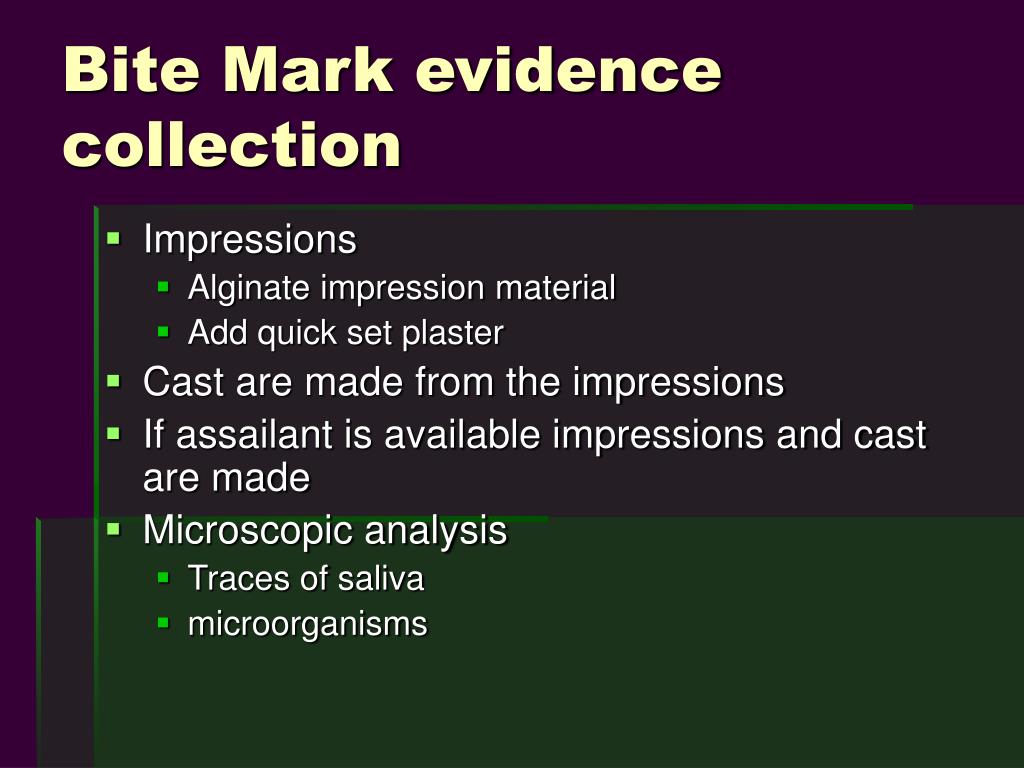

Since then, forensic odontology has been used to identify the victims of many other major incidents such as plane crashes, fires, and terrorist attacks. Dental remains were also used to identify some of the 126 dead in a fire in Paris in 1897, which prompted the writing of the first textbook on forensic dentistry by the pioneering figure Oscar Amoedo. The first use of dental records in the identification of victims of mass disaster was probably the fire at the Vienna Opera House in 1878. The evidence led to the conviction and execution of a J.W. He proved identity by fitting the prosthesis onto the cast that had been used in its manufacture. In United States courts, dental evidence was first presented in court in 1849 when the incinerated remains of a George Parkman were identified by Nathan Cooley Keep through a partial denture he had made for this patient. The victim had recently been fitted with a denture and this was presented in court as evidence of her identity. Such crimes were not uncommon at the time as the bodies were furnished to medical schools. In a similar case in 1914, a dentist in Scotland helped to identify a corpse in a grave-robbing case. Revere was able to identify Warren's body through the dentures he had made. Warren was buried in a mass grave, but his family wanted the body for a private burial. Joseph Warren, who was killed at the Battle of Bunker Hill that year. In 1775, Paul Revere, famous for alerting American colonists to the approach of British forces, made a set of dentures for a friend, Dr. His teeth were misaligned, so his bite mark guaranteed the documents' authenticity. In another early example of dental identification, William the Conqueror, King of England in the eleventh century, would bite into wax used to seal official documents.

He knew she had a discolored front tooth. In the first century a.d., the Roman Emperor Claudius had his mistress, Lollia Paulina, beheaded and then demanded to examine the teeth on the body to ensure the right woman had been put to death. The use of teeth for identification goes back to Roman times. Odontology has been used in many historical cases of identification and crime. These can then be compared to either teeth found on a corpse or to bite marks. Most people have dental records, or these can be created through making a dental impression from a suspect. Although we are all born with the same number and type of teeth, the dental pattern of each individual is unique. Odontology is also used in the analysis of bite marks left at the scene of a crime.

Teeth are the most enduring part of the human body, apart from bone. The bodies have been burned or otherwise destroyed. One of its main applications is in the identification of corpses and human remains, especially in mass disasters where other forms of identification may not be available because Odontology is the study of teeth for the investigation of identity and crime.


 0 kommentar(er)
0 kommentar(er)
